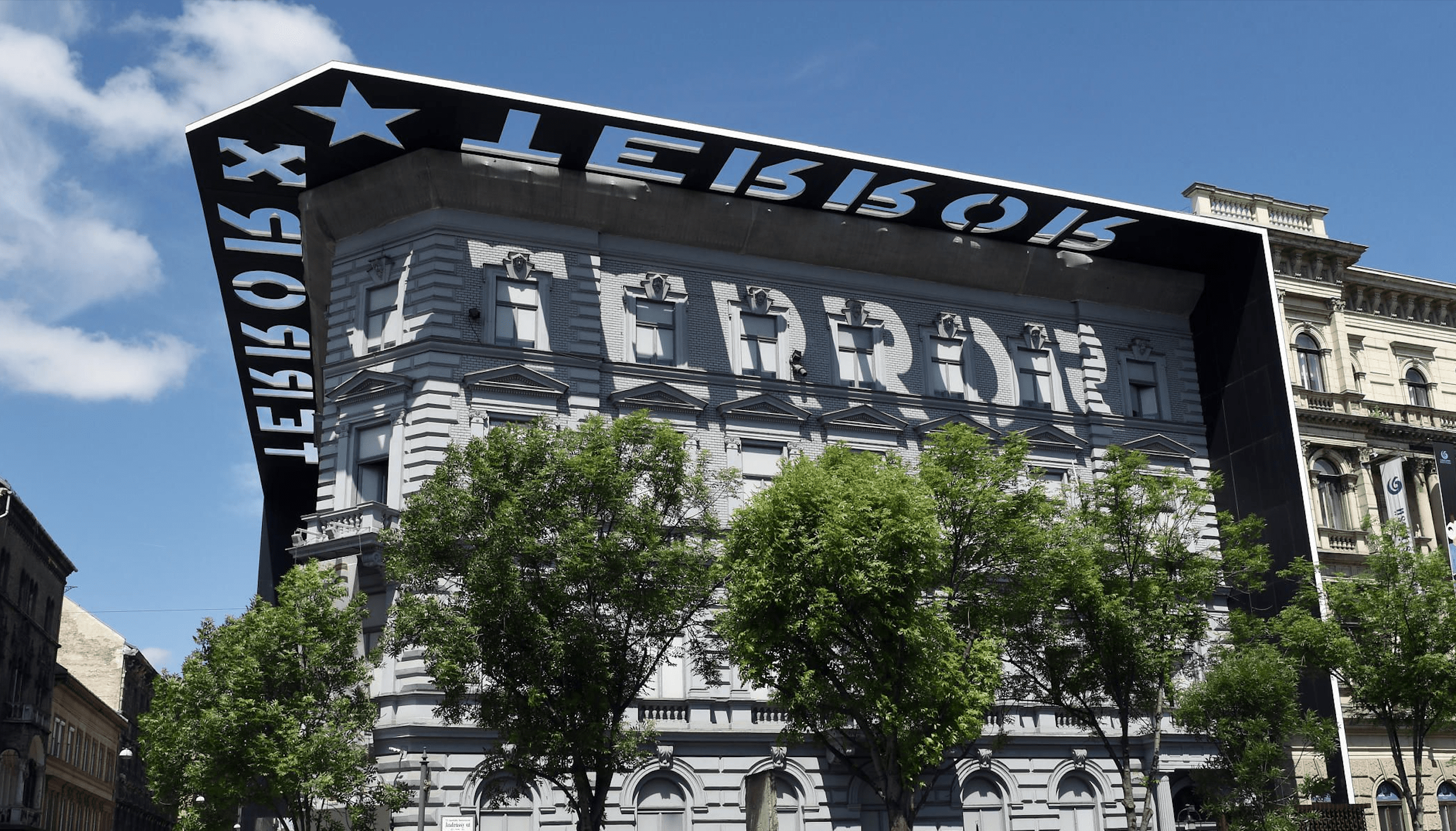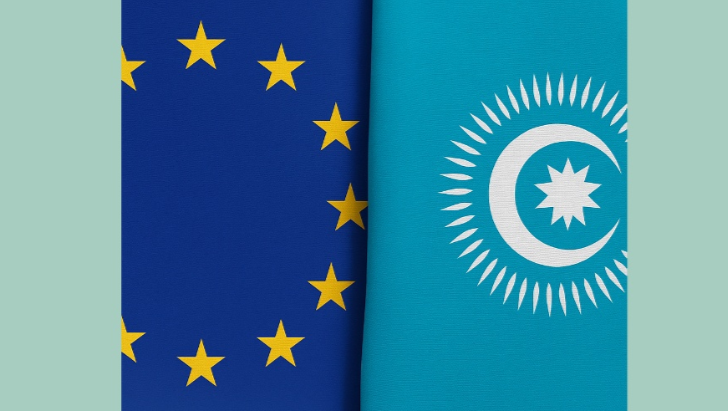About a year ago, former Danube Institute visiting fellow Douglas Murray encouraged Central Europeans to speak up about their suffering under Communism behind the Iron Curtain [1]. He argued that the rise of identity politics and wokism in the West shows that Europe has forgotten about what ‘communism’ means – so those who had lived under oppressive totalitarian regimes should gently remind the West of the dangers of communist sentiments. While a discourse on the past between the West and the East-Central Europe would certainly benefit both sides, the post-Communist world’s social memory is not yet settled enough to carry out the mission Douglas Murray envisioned.
The staggering ignorance of Western Europe to the recent history of the post-Communist world has struck many in the region. Vaira Vīķe-Freiberga, former President of the Republic of Latvia, is the most prominent example of the pioneering work of reminding the West what their neighbour went through following the war. She was the first among post-Communist leaders to understand that memory politics—just like any other aspects of politics—is a battleground where the consolidation of one’s own narrative has to be pursued. First and foremost, she objected to the predominance of Western narratives in the EU’s social memory – she believed that the perspective of East-Central Europe on history should also be incorporated into national cultural memory. Secondly, she believed that the crimes of Communism should be similarly condemned to the horrors of Nazism. She did not consider the two ideologies to be different from each other – as the terror of Nazism is studied and commemorated all over Europe, the evil of Communism should also be treated the same.
Encouraged by the pioneer work of Vīķe-Freiberga, many other East-Central European countries have also decided to advocate for a social memory in the West, which equates Communism with Nazism[2]. As time has passed, this narrative of the past started to be institutionalized by museums, projects, and monuments. On the other hand, the domestic pushback and debates about this narrative have also intensified. Hungarian cultural institutions offer a valuable insight into both the narrative of post-Communist memory politics and the domestic debates around it. Although Hungary’s aim is to seek reconciliation with the memory of Communism, and to communicate our past to our Western neighbours, as of now Hungarian cultural memory is too contested to offer a coherent narrative to our Western neighbours.
Arguably one of the most serious attempts to institutionally commemorate the trauma of totalitarianism and to make the memory of the past regimes more accessible to the non-Hungarian public are made by the House of Terror Museum in Budapest
The museum, which is dedicated to the victims of the totalitarian regimes of the twentieth-century, was opened in 2002. The House of Terror is located in the former headquarter of the feared State Security Authority (ÁVH) at 60 Andrássy Street. The museum guides visitors through the history of totalitarianism in Hungary with the help of a rich collection of resources ranging from personal testimonies to archival documents about the unjustifiable suffering caused by the previous century’s totalitarianism. Visitors start the exhibition in the basement where the torture chambers were located during the most repressive Stalinist period in Hungary. The purpose of the museum is not only to demonstrate the human suffering which took place under these regimes but also to powerfully argue – the destructive nature of Nazism and Communism is the same.
Probably one of the most serious challenges to the House’s narrative of equating the two totalitarian regimes of the twentieth-century was outlined in an essay by Péter Apor[3]. Firstly, he argues that the comparison is not well founded. While the Museum’s logo displays the Arrow Cross (Hungarian fascist symbol modelled after the swastika) and the red star side by side in equal size, the museum itself is predominantly about communism. While there are only a couple of rooms dedicated to the trauma of the Arrow Cross rule, 3 floors commemorate the victims of Communism. The choice of location also tilts the museum’s narrative towards remembering Communism. As a result, Apor argues that the equation of the two ideologies is merely nominal and not well-founded by the exhibition.
Apor’s second concern is connected to how state socialism is depicted by the museum. The museum—just like all other Central European museums dedicated to the victims of communism—characterises the regime of 1948–1989 as violent and oppressive, thereby, underplaying the significance of the post-1956 welfare socialist, less repressive period. Furthermore, he argues that the museum tries to diminish Hungary’s responsibility in the terror during the one-party dictatorship. The emphasis on the presence of Soviet soldiers, the support the Soviet Union gave to Hungarian communists to consolidate their rule is an attempt to shift blame on external forces. Hungary’s depiction as the “victim” which lacks responsibility in the course of events is not unique to the remembering of Communism – a similar attempt was made by erecting the monument to the victims of German occupation on the Liberty Square. The Monument, which portrays Hungary as an archangel violently torn by the German eagle, is a reminder of the pain caused by the Nazi occupation to all Hungarians – without distinguishing Hungarian Jewish victims from Hungarian perpetrators of the Holocaust. As such, it is argued, relieving the country of responsibility (and putting the blame on external forces) is an abuse of social memory as it dishonestly cherry picks and twists historical facts.
As the mission of the House of Terror Museum shows, Hungary has made a serious attempt to establish and consolidate a social memory of Communism which equates it with Nazism; however, this narrative is not consolidated enough to allow Hungary to powerfully communicate it to our Western neighbours. To satisfy Douglas Murray’s vision, first, the region should settle its domestic discourses on history, humbly facing the past, no matter how inconvenient it might be.
[1] https://www.youtube.com/watch?v=8ReMJQaelQ4&t=1s, accessed on 19.10.2021
[2] https://icds.ee/en/the-first-lady-of-the-baltic-memory-offensive-2/, accessed on19.10.2021
[3] Péter Apor (2010), Chapter 16 – ‘Eurocommunism – Commemorating Communism in Contemporary Eastern Europe’ in A European Memory – Contested Histories and Politics of Remembrance. Berghahn Book








